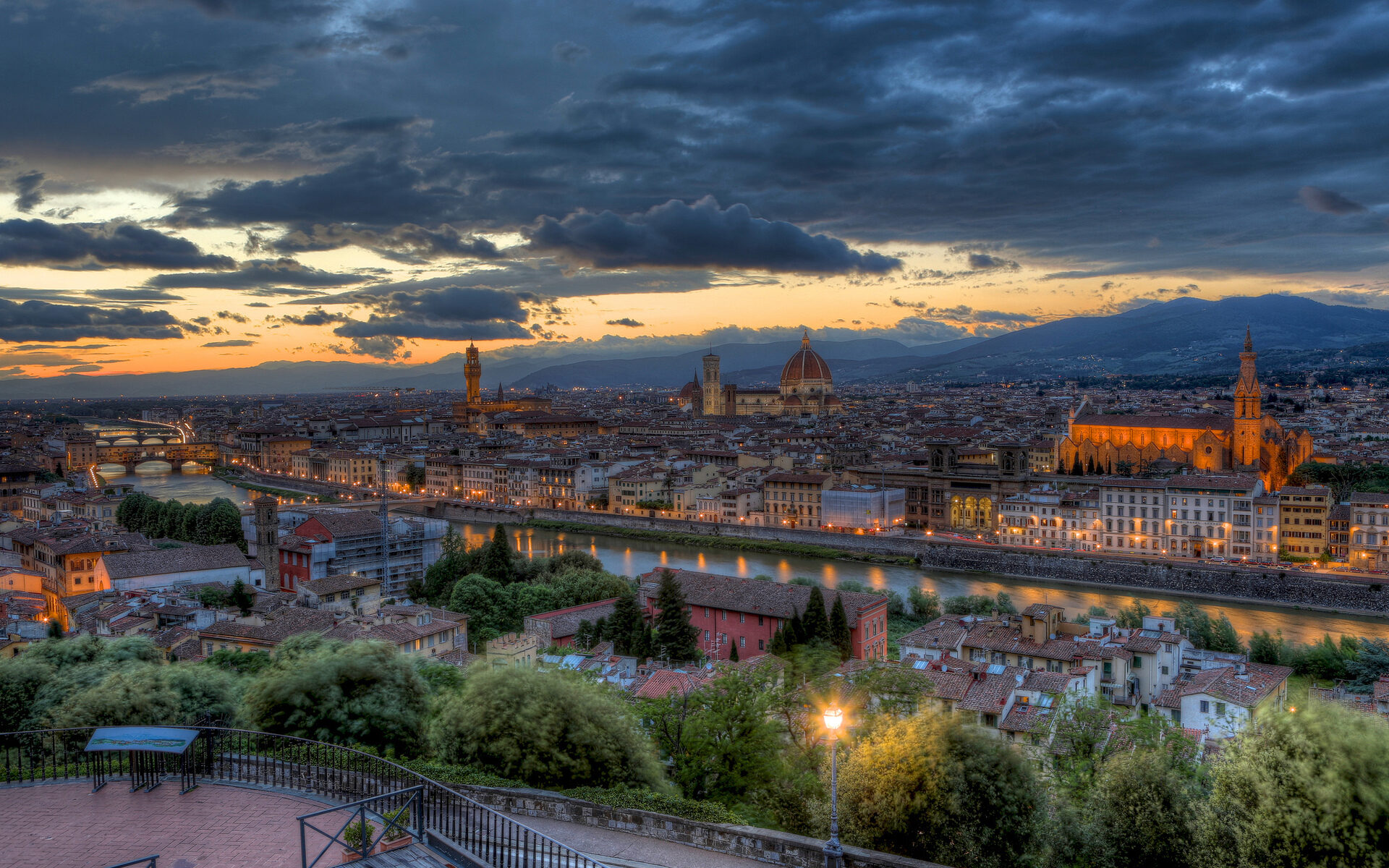Tuscany is a legendary region in central Italy that stretches from the Apennine Mountains to the west coast, meandering through endless vineyards, medieval towns and the impossibly beautiful cities of Florence, Siena, and Pisa.
In today’s modern world, defined by alarm clocks, deadlines and traffic jams, Tuscany lures travelers with the promise of a warmer, gentler way of living. Here, high art mingles deliciously with warm sunshine and fragrant wine. History seeps through the cobblestones and small occasions are transformed into the greatest of pleasures.
Around six hundred years ago, Tuscany changed the world forever when economic, cultural and political forces collided, sparking the Renaissance. It was a new way of thought in which art and education were highly prized and the search for happiness, a noble goal. Although the world has changed much since then, Tuscany’s values hold firm and visitors to this region can happily spend days and weeks slowly rediscovering them.
The Renaissance
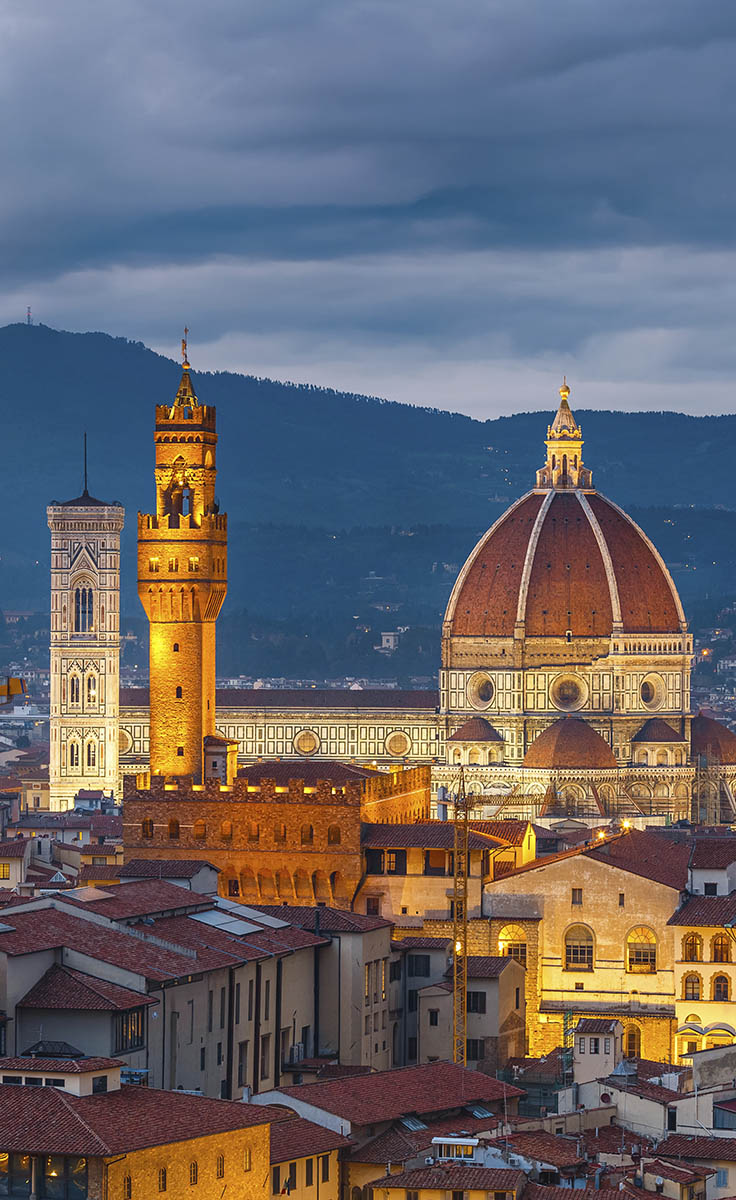
At the epicenter of the Renaissance was the capital city of Florence. For centuries, powerful families competed with each other and with the church to create the grandest buildings and commission the finest artworks of their time.
The patronage of writers, artists and thinkers bought prestige for the wealthy and under this system, geniuses such as Michelangelo and Leonardo Da Vinci thrived.
The Accademia Gallery and the Uffizi Gallery
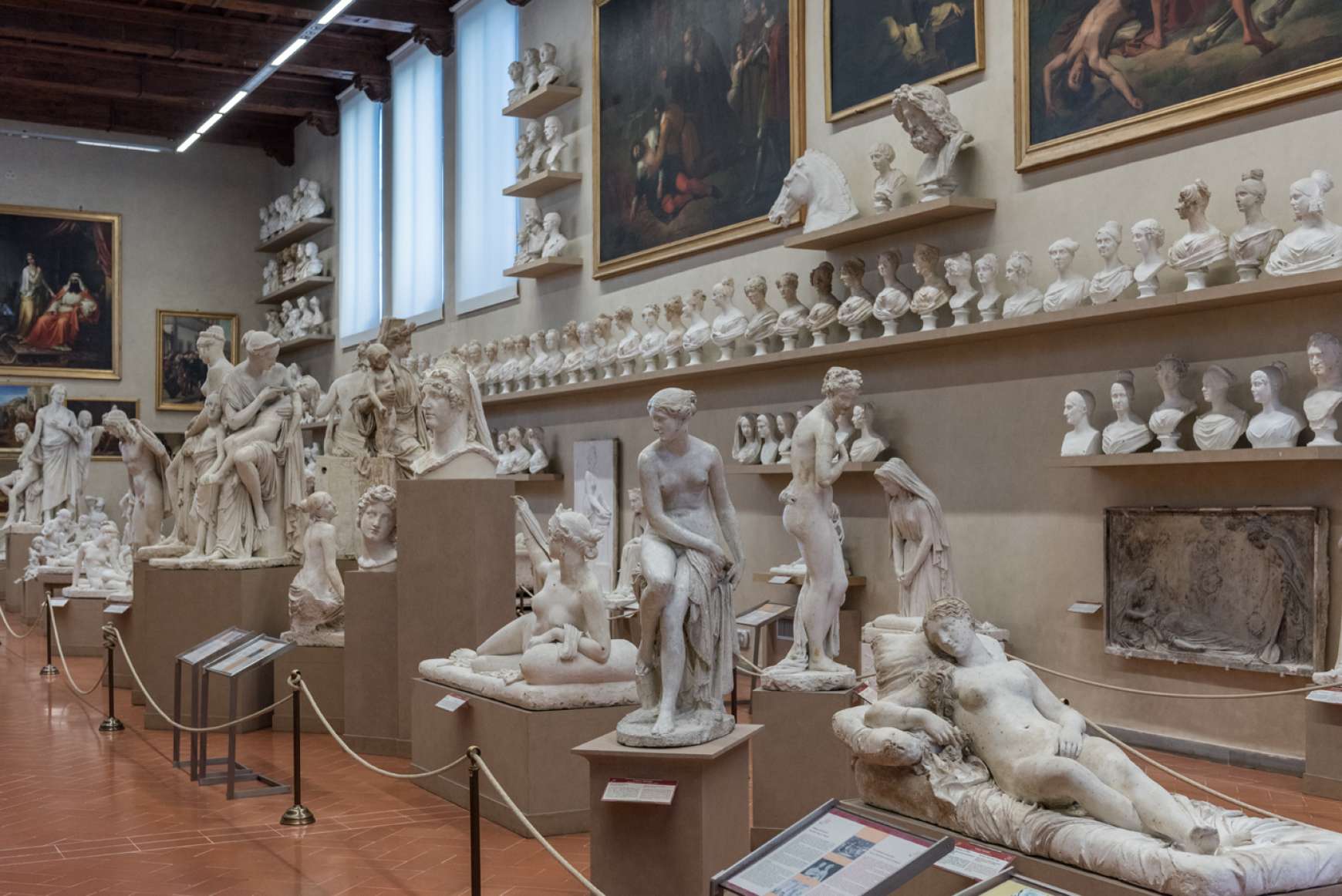
Other greats such as Botticelli and Rafael also walked these streets and you can still see their work in the Accademia Gallery and the Uffizi Gallery, which is one of the oldest art museums in the western world.
Florence’s architecture also flourished under this system and many of the great buildings from that time remain.
With its historic piazzas, beautiful churches and ornate palaces, Florence feels like a living, breathing museum. Florence isn’t the only part of Tuscany that echoes with the gilded footsteps of history.
Monticchiello town
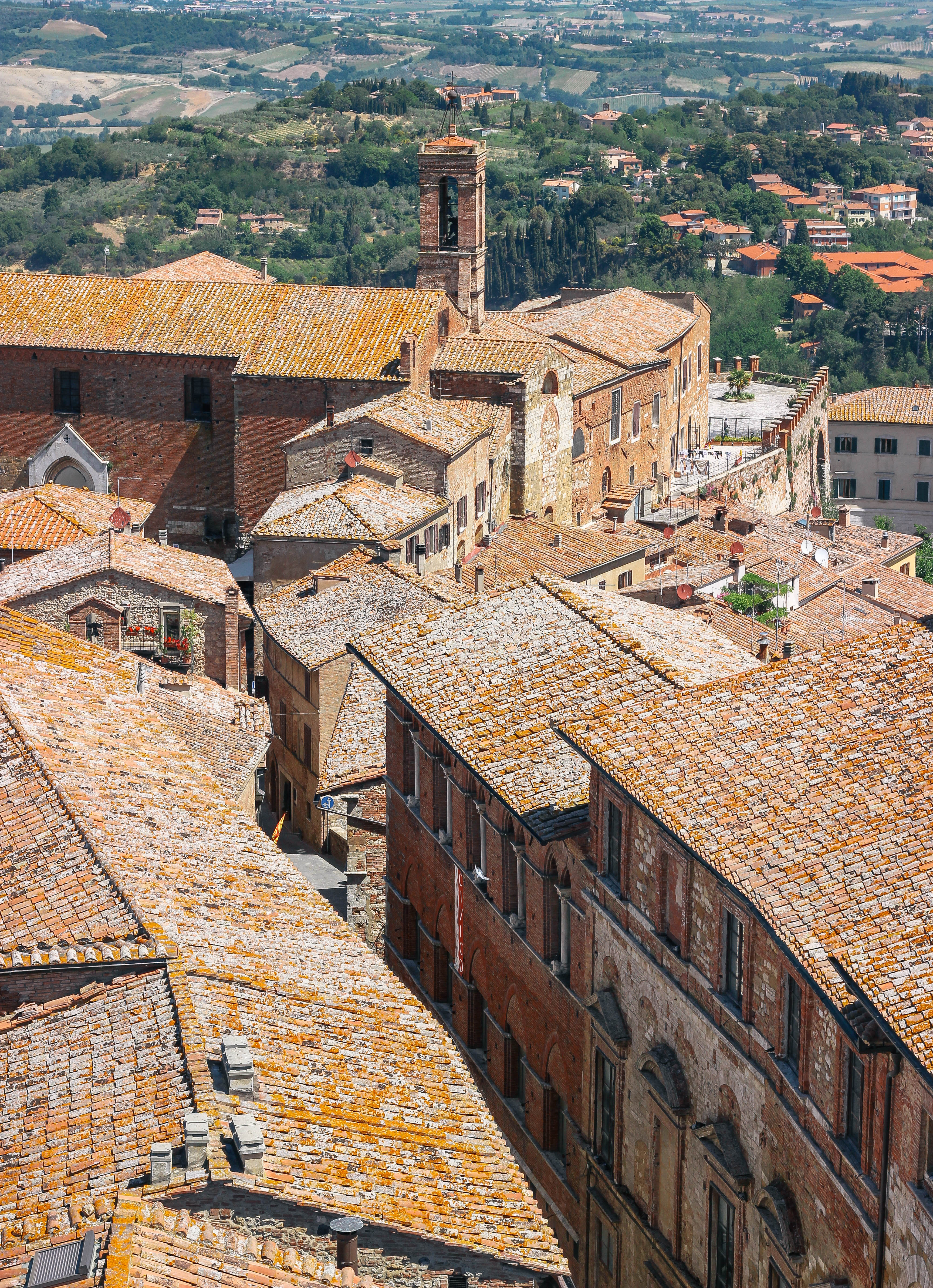
During the Renaissance, the province of Siena competed fiercely with Florence and commissioned many of its own beautiful works to lure wealthy Florentine families.
Visit medieval hill towns, such as Monticchiello and Montalcino which played a strategic role in generations of power struggles.
Sit high on the timeless ramparts of these towns which have remained almost unchanged for 1000 years.
Pisa
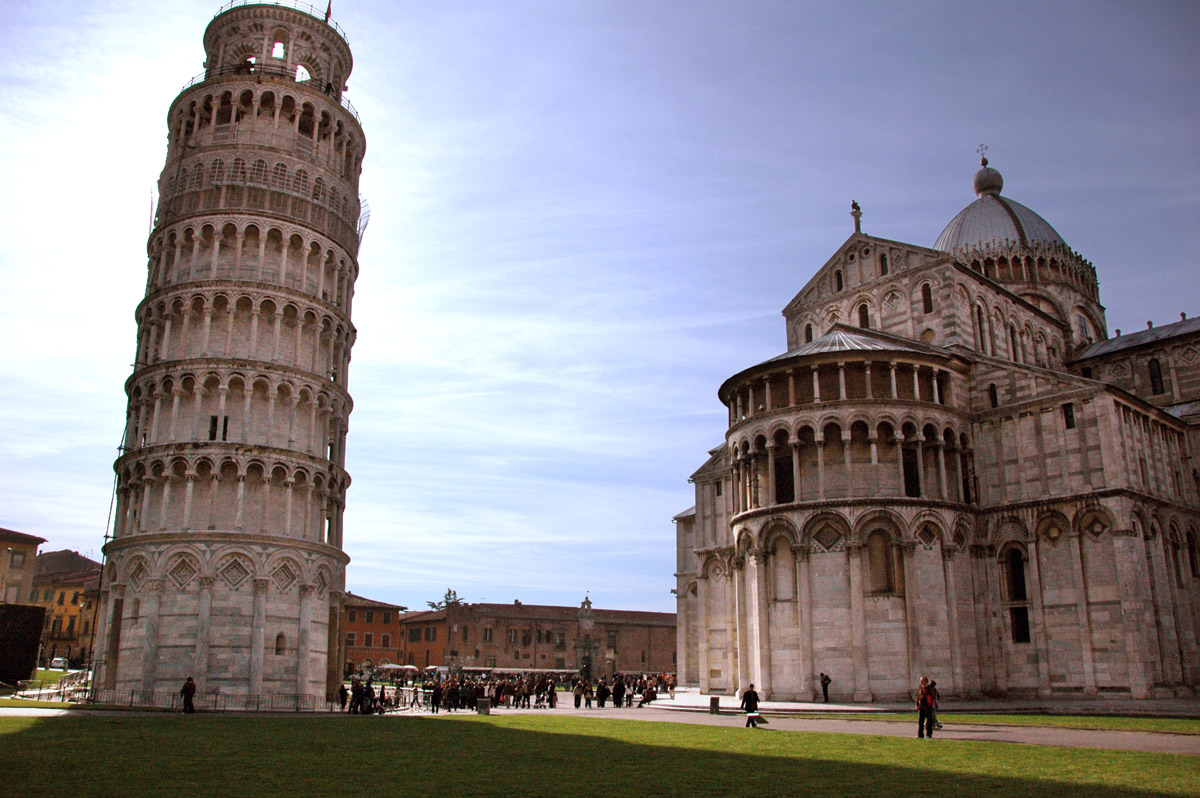
Pisa, known around the world for its famous tower, is a wonderful place to discover on foot.
Volterra town
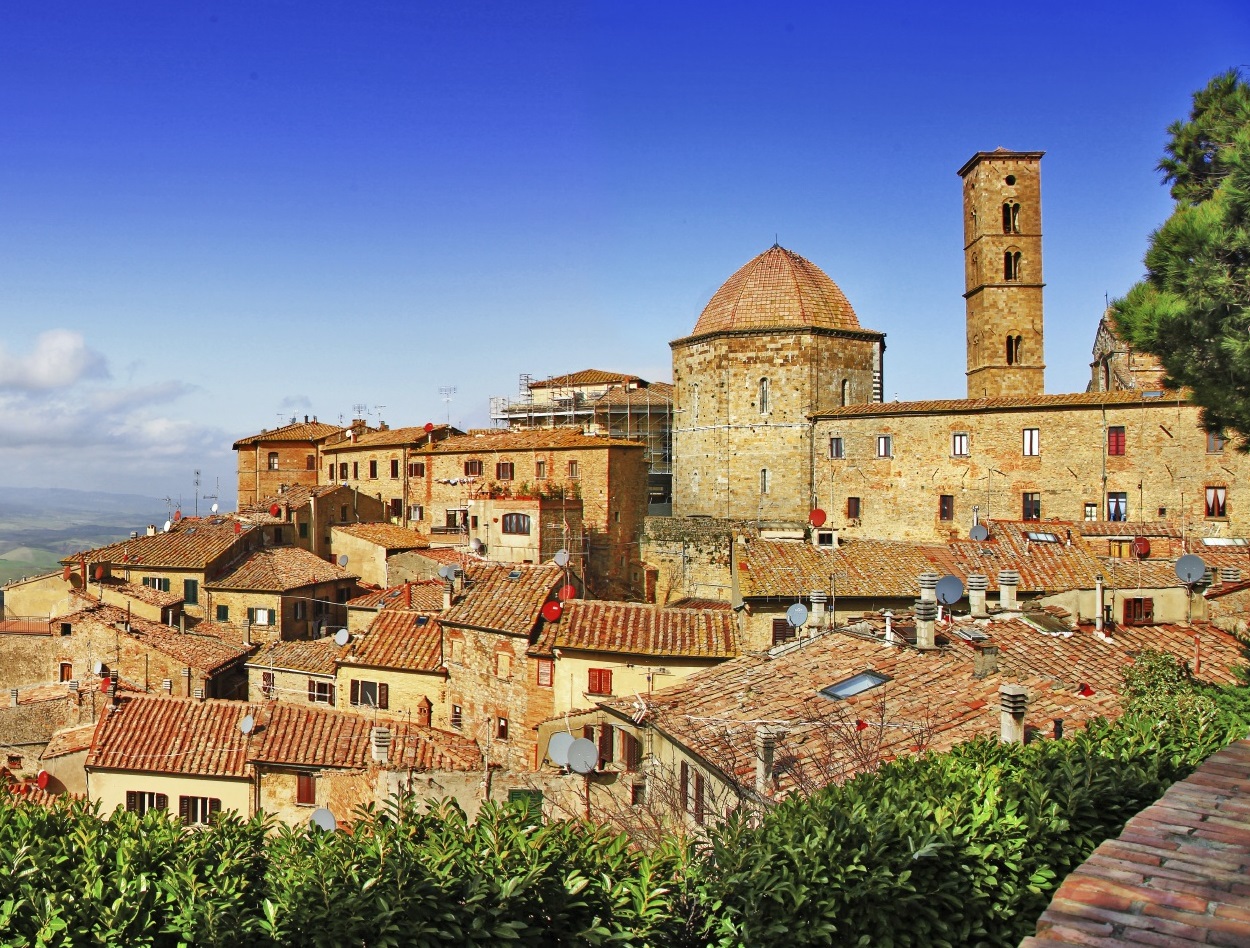
A couple of hours’ drive away is the hilltop town of Volterra. Skilled alabaster craftsmen have been turning this luminous stone into pieces of art since the days of the Romans.
Tuscany’s west coast
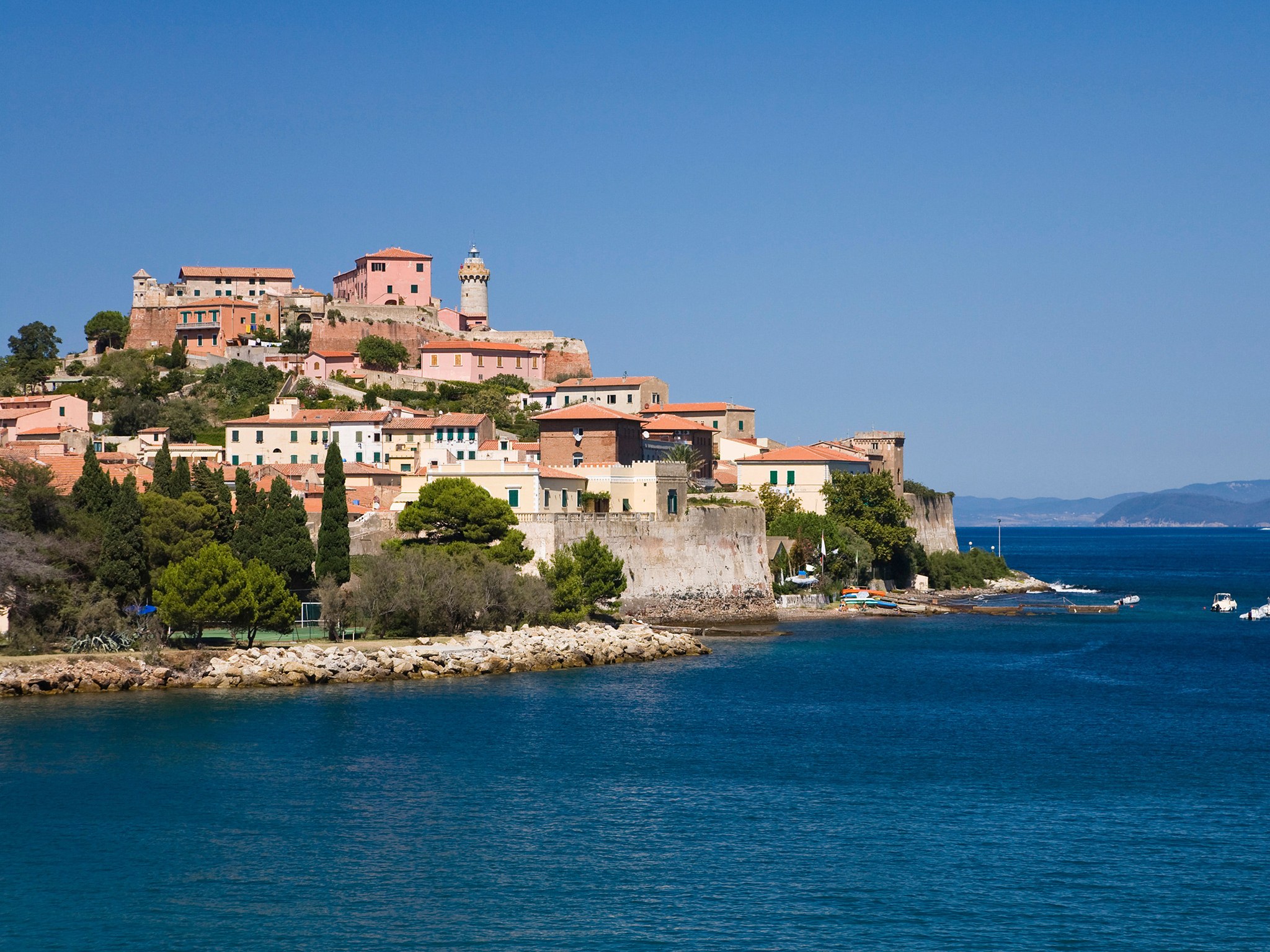
But perhaps Tuscany’s greatest artworks, are those created by mother nature. With its warm thermal springs, unspoiled beaches and wildflower-filled national parks, Tuscany’s natural beauty has been seducing visitors since the days of the Romans.
Head to Tuscany’s west coast to discover coastline that stretches for hundreds of miles and visit ancient ports that feel as if they have been here forever.
The vineyards of Chianti
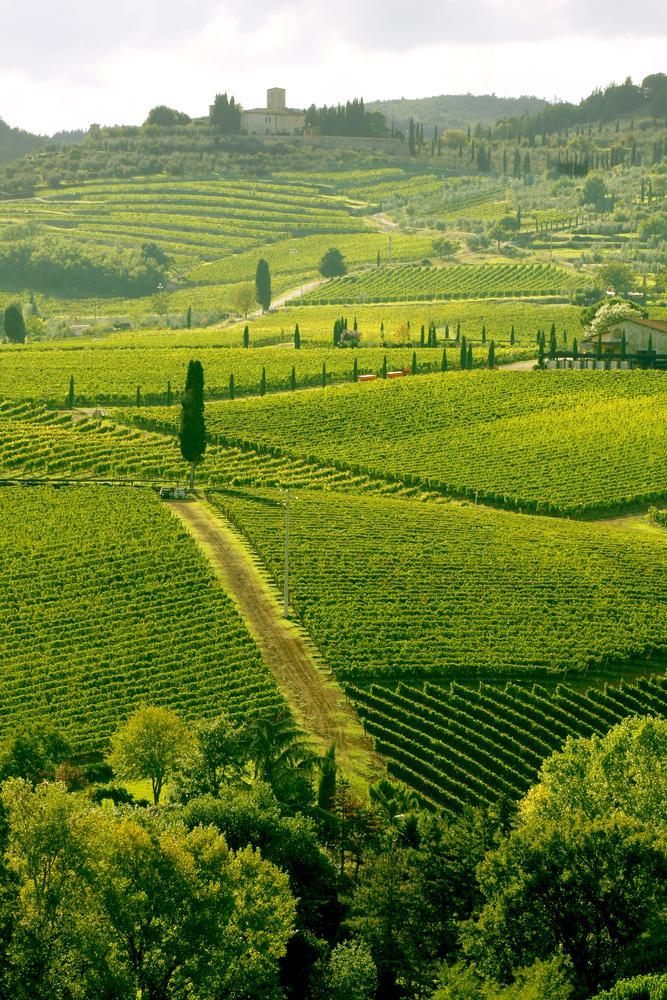
A little further south is a wilder part of Tuscany where you can enjoy rolling hills, wildflowers and a warm appreciation of the good things in life, including, of course, wine.
Follow your palate along winding roads and sun-warmed olive groves to the vineyards of Chianti. This area is world-famous for its earthy style of wine and many of the vineyards are associated with castles, each producing a wine that bears the castle’s name.
Cortona town
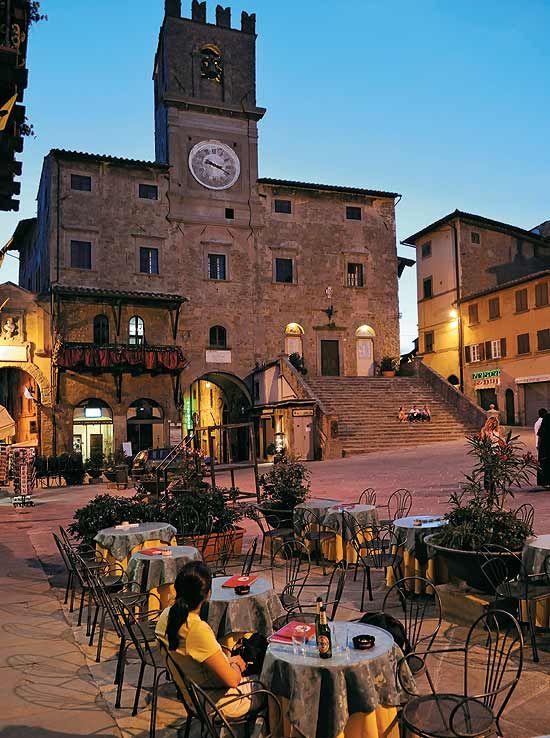
The beautiful towns of Cortona and Arezzo are also famous for their wines.
Pair your wine with Tuscany’s famously simple food and linger over picnics created with seasonal ingredients, cheeses, and cured meats.
Conclusion
Tuscany’s abundant hills are full of locally grown produce whose flavors capture the very essence of the land.
In the rest of the world, the Renaissance may now be a chapter in the history books but in Tuscany, traces of that noble time remain.
They linger in the gentle hills, the warm traditions, the grand art and in the region’s never-ending search for happiness.
